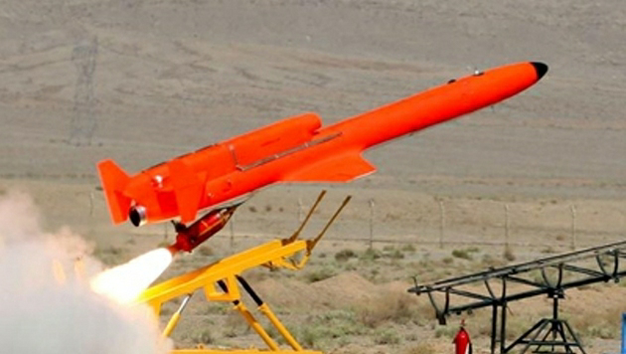For the latest on Iran’s drone program, see The Drone Databook.
By Arthur Holland Michel
Last week, Iran unveiled its newest lethal drone. It’s called the Fotros, and, according to Hossein Dehghan, Iran’s Defence Minister, it has a range of 2,000 km and can remain aloft for between 16 and 30 hours. But more importantly, the Fotros can carry missiles for air-to-ground attacks. In theory, this makes the Fotros roughly equivalent to the drones that the U.S. uses for targeted killing operations in Pakistan, Yemen and Somalia. But in reality, the Fotros is probably far less capable than its U.S. counterparts, if indeed the Fotros is even a real drone that can actually fly (the Fotros that was used for the unveiling was a mock-up).
But dubious performance claims aside, the Fotros is not to be entirely disregarded. Iran has one of the oldest drone development programs in the world. Iran began developing drones in the early 1980s during its war against Iraq. Over the years, and in spite of crippling international sanctions, Iran has developed a colourful ecosystem of military unmanned air vehicles. Iran uses its drones to fly over U.S. Navy ships in the Persian Gulf, and for a theoretical future war against Israel. Iran supplies drones to Hezbollah, the Lebanese paramilitary organization, which has been known to fly its Iranian UAVs into Israeli airspace. Iran also produces non-weaponized surveillance drones for the government of Syrian leader Bashar Al Assad. Iranian drones have been spotted flying over Syrian battle zones since the early days of the Syrian civil war.
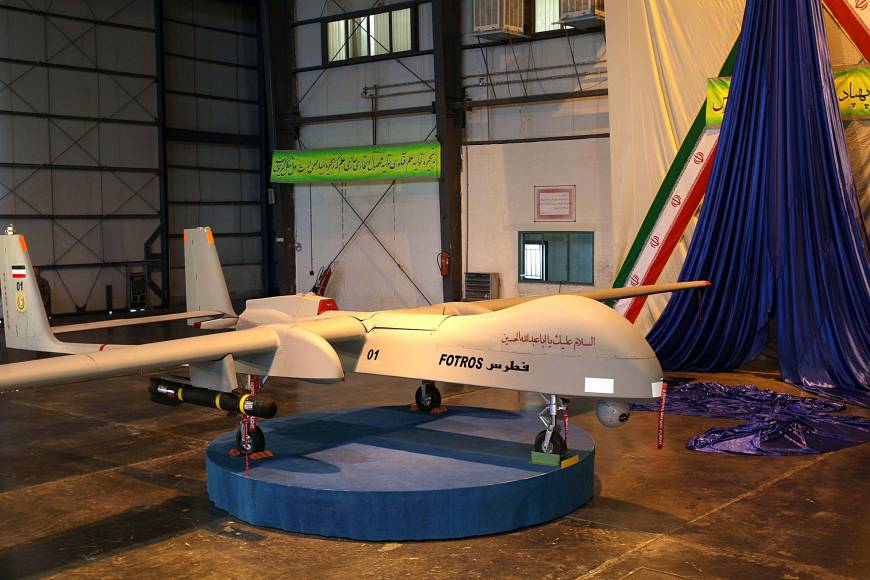
But is Iran becoming a serious drone power? As Andrea Gilli has pointed out in his essay Attack of the Drones: Should We Fear the Proliferation of Unmanned Aerial Vehicles?, though many weaker states may have the capacity to build autonomous aerial vehicles, few militaries—save for the the largest and most advanced—have the capacity to build the information infrastructure and systems that are necessary to support highly capable and complex drones. Nevertheless, Iran shows no sign of slowing down its drone development program, which has hit an obsessive tempo after it captured a U.S. Sentinel stealth surveillance drone in 2011. Iran claims that it is reverse-engineering the Sentinel in order to produce a native replica.
For Iran, the drone has largely replaced the long-range missile as the preferred military prop for official parades and chest-thumping on the international stage. When the U.N. and the U.S. begin to lift their sanctions on Iran later this year, following the recent nuclear deal, the country’s drone program is likely to expand further. Though some of Iran’s past drones have been more credible than others, it’s hard not to be somewhat impressed by the quantity and diversity of unmanned aircraft that it has produced over the past thirty years. Though it may seem as though Iran will never become a major drone exporter, it is by no means out of the question. It simply remains to be seen. In the meantime, we can take a moment to look back at what they have managed to produce so far.
Iranian Drones Through the Ages
1. The first operational Iranian drone was the Ababil, which first saw service in 1986 during operations against Iraq. The Abadil is still in production today.

2. The Mohajer, a medium size surveillance drone, followed soon after the Ababil and also saw service in the Iran-Iraq war. Some versions were reportedly equipped with rocket propelled renades, making the Mohajer one of the first weaponized drones. The Mohajer 4, the fourth iteration of the drone, remains in use today. During the Israel-Hezbollah war in the summer of 2006, Israeli forces shot down a Hezbollah-operated surveillance drone, the Mirsad-1, which is believed to be derived from the Mohajer.
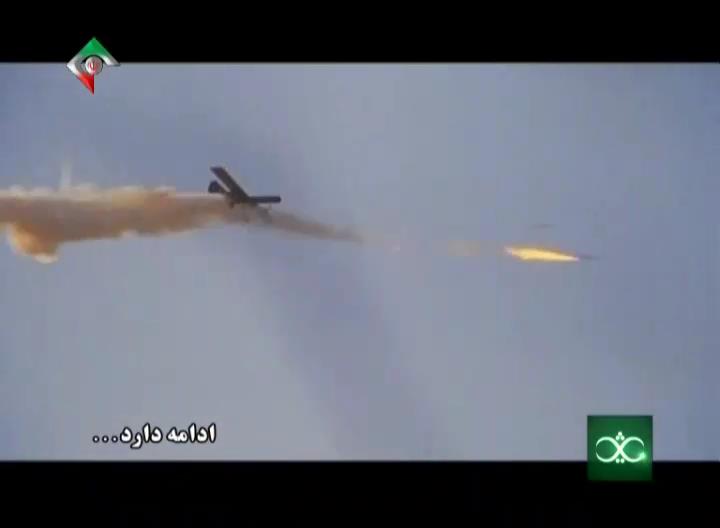
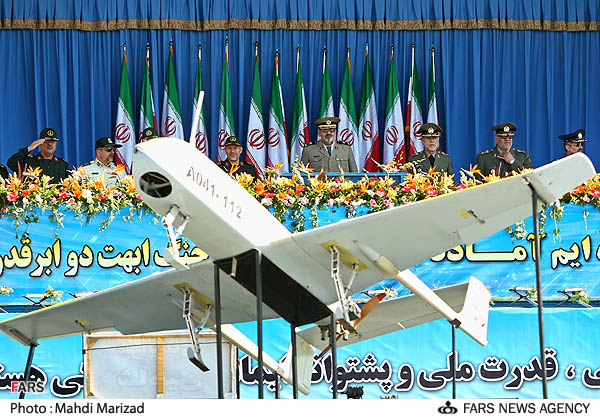
3. The Karrar, which looks like one of the spaceships in the TV show Thunderbirds, is a turbojet-propelled drone capable of carrying a single bomb. The design is based on U.S. target drone designs of the 1970s. Iran claims that this single-use drone has a range of about 600 miles.
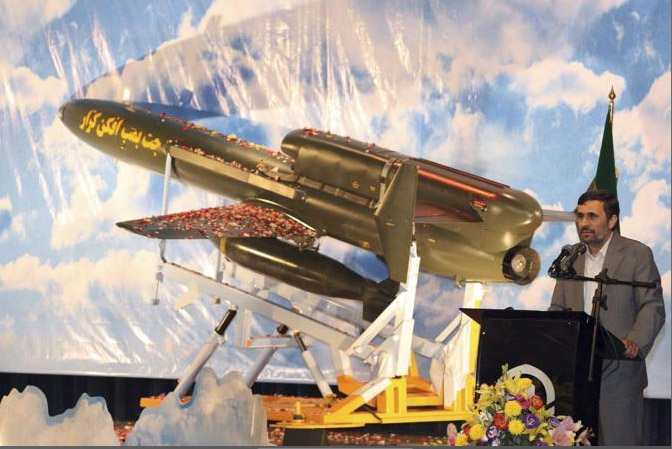
4. Last year, Iran’s Fars News Agency reported that Iranian forces had brought down a US Scan Eagle surveillance drone. The Obama administration vehemently denied the reports. Nevertheless, Iran was soon producing a Scan Eagle replica drone, the Yasir, which it claims to have reverse-engineered from the captured U.S. drone.
http://www.youtube.com/watch?v=kGULtedeyJ0#t=24
5. One of Iran’s most impressive drones is also one of its only non-military drones. Iranian technology developer RTS Labs has developed the Pars lifesaver drone. The Pars carries a stack of flotation devices, which it drops over people in emergency situations in the water.

http://www.youtube.com/watch?v=c0BOq2Y0Ngk#t=42
6. In April,Iran unveiled the H-110 Sarir, another long-range drone. The Sarir is reportedly equipped with air-to-air missiles. Iran claims that the Sarir has stealth capabilities. However, the drone’s configuration makes it unsuitable for avoiding radar detection.

7. In May, Venezuela’s president Nicolas Maduro announced that Venezuela had collaborated with Iran to develop and produce a fleet of surveillance drones to patrol the country’s borders. The Arpia-001 drones, which are based on Iran’s Mohajer series drones, will be used to seek out drug smugglers.

8. Like the Karrar, the Hazem is a rocket-propelled surveillance and attack drone. Very little is known about it.
9. Shortly after unveiling a fake stealth fighter jet, Iran announced that it had developed a stealth combat drone. It’s called the Hamaseh, which means “Epic,” and as Popular Science pointed out, it bears none of the features of a stealth drone.

http://www.youtube.com/watch?v=MgKrV7Afi7E
10. During “Sacred Defence Week” this year, Iran released what it claimed was its most advanced and capable drone to date: the Shahed 129. With the Shahed 129, Iran became a pretender to the drone major leagues. Capable of carrying out 24 hour surveillance and strike missions, the Shahed 129 reportedly shares many of the capabilities of the U.S. Predator and Reaper drones. There is no evidence to suggest that a Shahed 129 drone has actually been used in a strike operation.
11. The Ra’ad-85 is a hybrid between a drone and a precision-guided bomb. Technically, it is an Unmanned Aerial Vehicle that is packed with explosives. The pilot can steer the Ra’ad, Kamikaze style, into moving targets. Upon its unveiling, the Ra’ad garnered widespread ridicule, as the demonstration model appeared to be held together with brown duct tape.http://www.businessinsider.com/iran-suicide-combat-drone-patched-with-duct-tape-2013-10
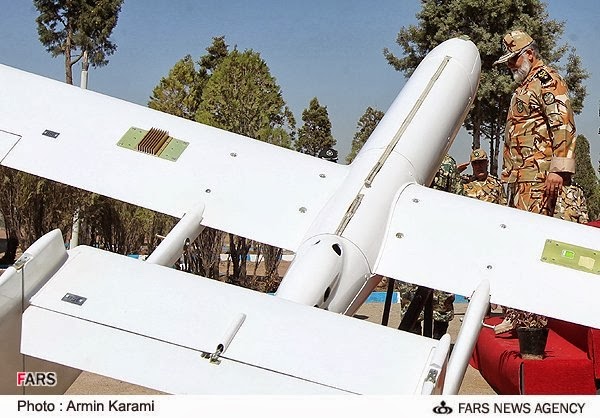
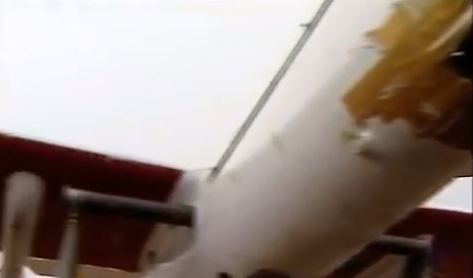
Cover Image: Ahmadinejad presiding over a military parade. Credit: Fars News Agency
[includeme file=”tools/sympa/drones_sub.php”]

